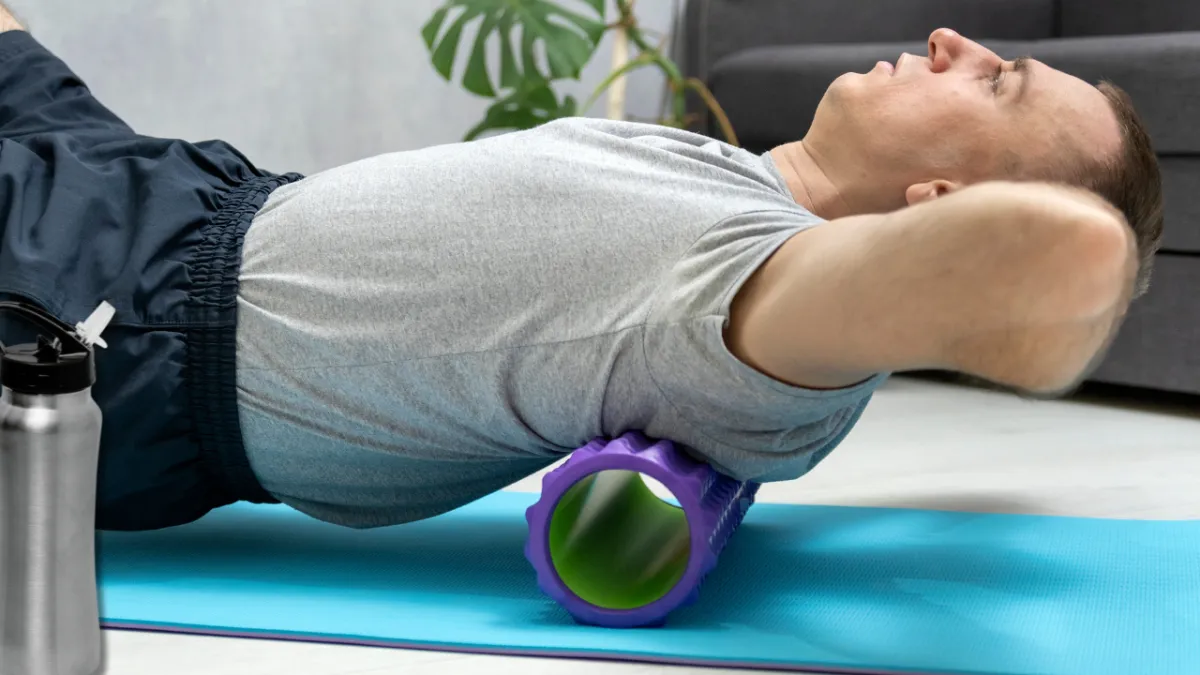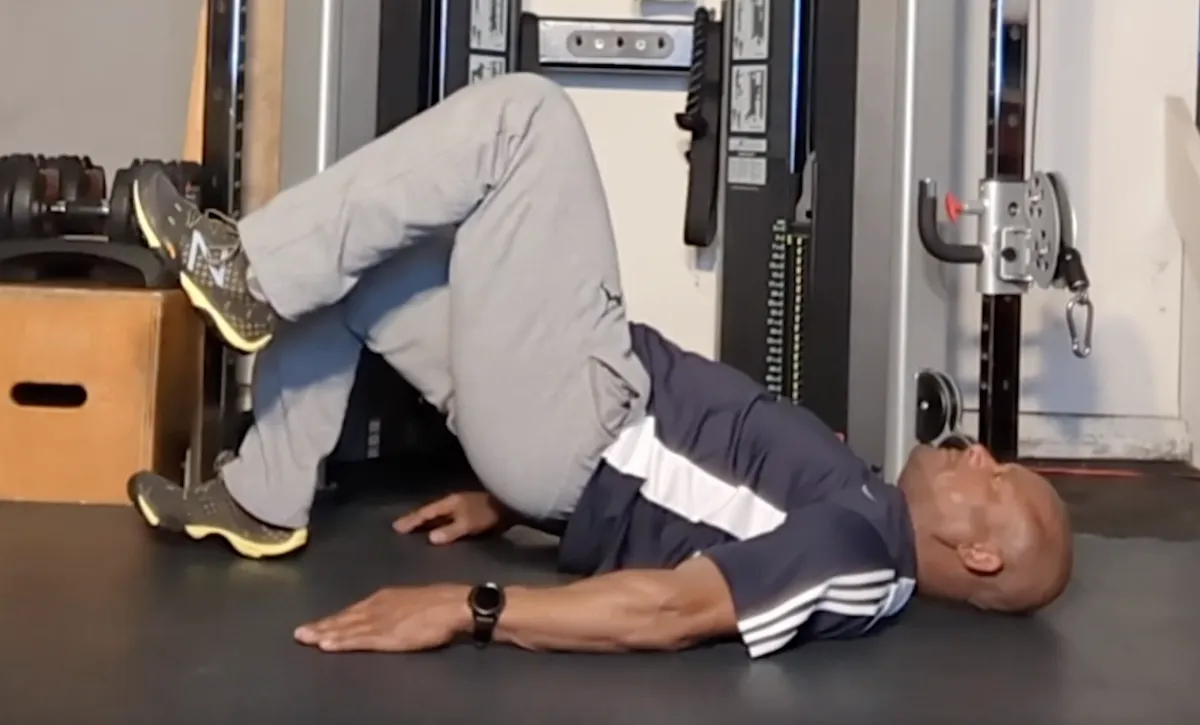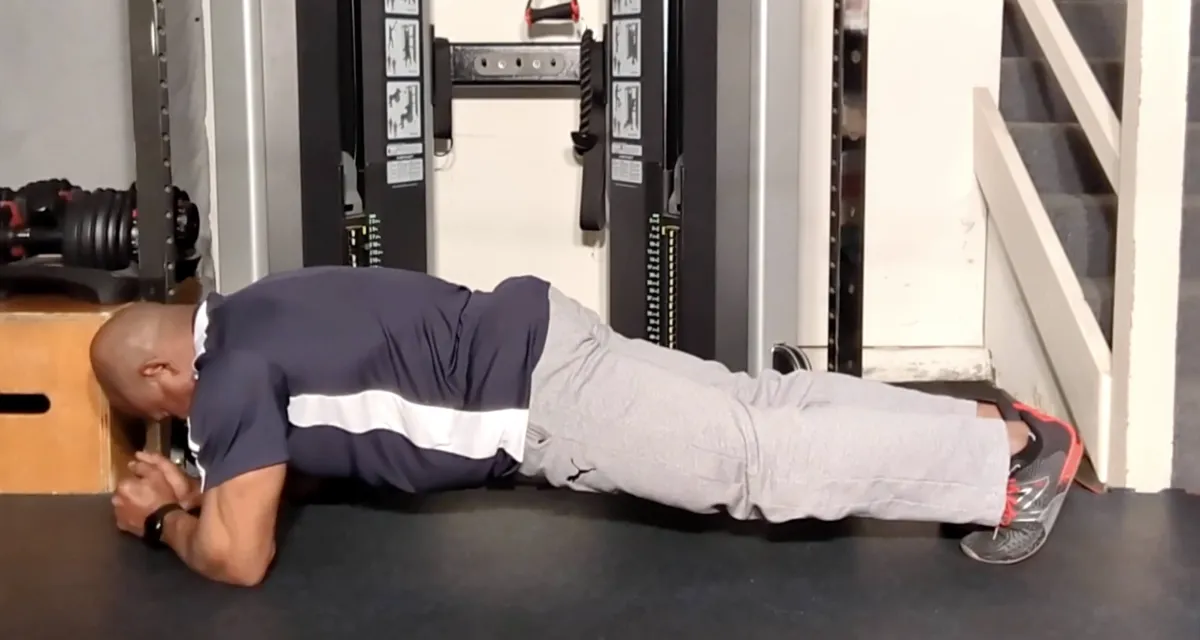
RESOURCES

How Self-Myofascial Release Can Preven Injury
In today's fast-paced world, where physical activity ranges from intense workouts to prolonged periods of sitting, our muscles and connective tissues often bear the brunt, leading to discomfort and potential injuries. One effective method to counteract these issues is self-myofascial release (SMR), commonly practiced using tools like foam rollers. This technique not only alleviates muscle tightness but also plays a pivotal role in injury prevention.
Understanding Self-Myofascial Release

Myofascial release focuses on the fascia—a web-like connective tissue enveloping muscles and organs. When the fascia becomes tight or knotted due to factors like overuse, inactivity, or trauma, it can restrict movement and cause pain. SMR involves applying pressure to these fascial restrictions, promoting relaxation and restoring optimal muscle function.
Mechanisms Behind Injury Prevention
Correction of Muscle Imbalances
Muscle imbalances occur when opposing muscles around a joint are unevenly developed or tense, leading to improper movement patterns. SMR helps in identifying and releasing tight areas, allowing muscles to function properly. Restoring this balance reduces undue stress on joints, thereby minimizing injury risks.
Enhanced Range of Motion
Restricted flexibility can limit joint mobility, making one more susceptible to strains, sprains and possible injury. Regular SMR sessions have been shown to improve joint range of motion, ensuring that movements are performed efficiently and safely.
Improved Neuromuscular Efficiency
Efficient communication between the nervous system and muscles is crucial for coordinated movements. SMR facilitates this by reducing muscle tension, allowing for better activation and synchronization during physical activities. This improved efficiency translates to safer exercise execution and a lower likelihood of injury.
Reduction of Delayed Onset Muscle Soreness (DOMS)
Post-exercise muscle soreness can alter movement patterns, potentially leading to compensatory injuries. Engaging in SMR post-workout has been found to decrease the intensity of DOMS, aiding in quicker recovery and maintaining proper movement mechanics.
Suppression of Trigger Point Sensitivity
Trigger points, or "knots," are hyper-irritable spots in the muscle that can refer pain to other areas. SMR targets these points, reducing their sensitivity and preventing the development of compensatory movement patterns that increase the likelihood of muscle imbalances and potential injury.
Incorporating SMR into Your Routine

To harness the injury-preventive benefits of SMR, consider the following guidelines:
Consistency is Key: Integrate SMR into your regular fitness regimen, aiming for sessions multiple times a week.
Target Major Muscle Groups: Focus on areas prone to tightness, such as the calves, quadriceps, hamstrings, glutes, and upper back.
Listen to Your Body: Apply pressure that is firm yet tolerable. Avoid rolling over joints or bones, and steer clear of areas with acute pain or inflammation.
Combine with Other Modalities: Pair SMR with dynamic stretching and strengthening exercises to address both flexibility and muscular support.
Self-myofascial release stands as a valuable tool in the realm of injury prevention. By addressing muscle tightness, enhancing flexibility, and promoting balanced movement patterns, SMR empowers individuals to maintain an active lifestyle with reduced risk of injury. As with any technique, it's essential to perform SMR correctly and consistently to reap its full benefits. We strongly suggest consulting with a fitness professional who can provide personalized guidance, thus ensuring that your SMR practice aligns with your specific needs and goals.
As we are so fond of saying here, the quality of your life is directly proportional to how well your body functions.
Sheila Mann's Testimonial
Sheila Mann doing Suspension Strap Push-ups on an elevated Single Leg.
Just another Saturday Workout Part 2
Spray Tan Fitness
Dreams or Goals
Intro to Self-Myofascial Release
Self Massage using the Energy F X Tube (Upper Body)
Self-Massage for Lower Body using Energy F X Tube (IT Band , Glutes)
Level 3
This is our advance level. In this level you will be asked to increase the challenges to your strength, balance and to some degree, your conditioning. We continue to focus on the major joints of the body (hips, shoulder, and knees) with the added challenge of resistance. This level also includes the added challenge of coordination, as many movements require the integrated movement of both upper and lower body.

Level 4
This is our premium level. In this level you will be asked to significantly challenge your body through increased demands on your functional core strength in movements that will significantly challenge your balance and strength simultaneously. Here we will ask you to begin to optimize your balance, core activation, and improved range of motion in a functional aspect – integrated movement of both upper and lower body, but at a higher level of accountability.

